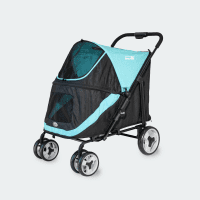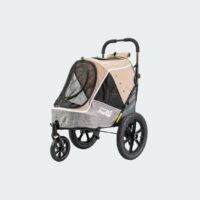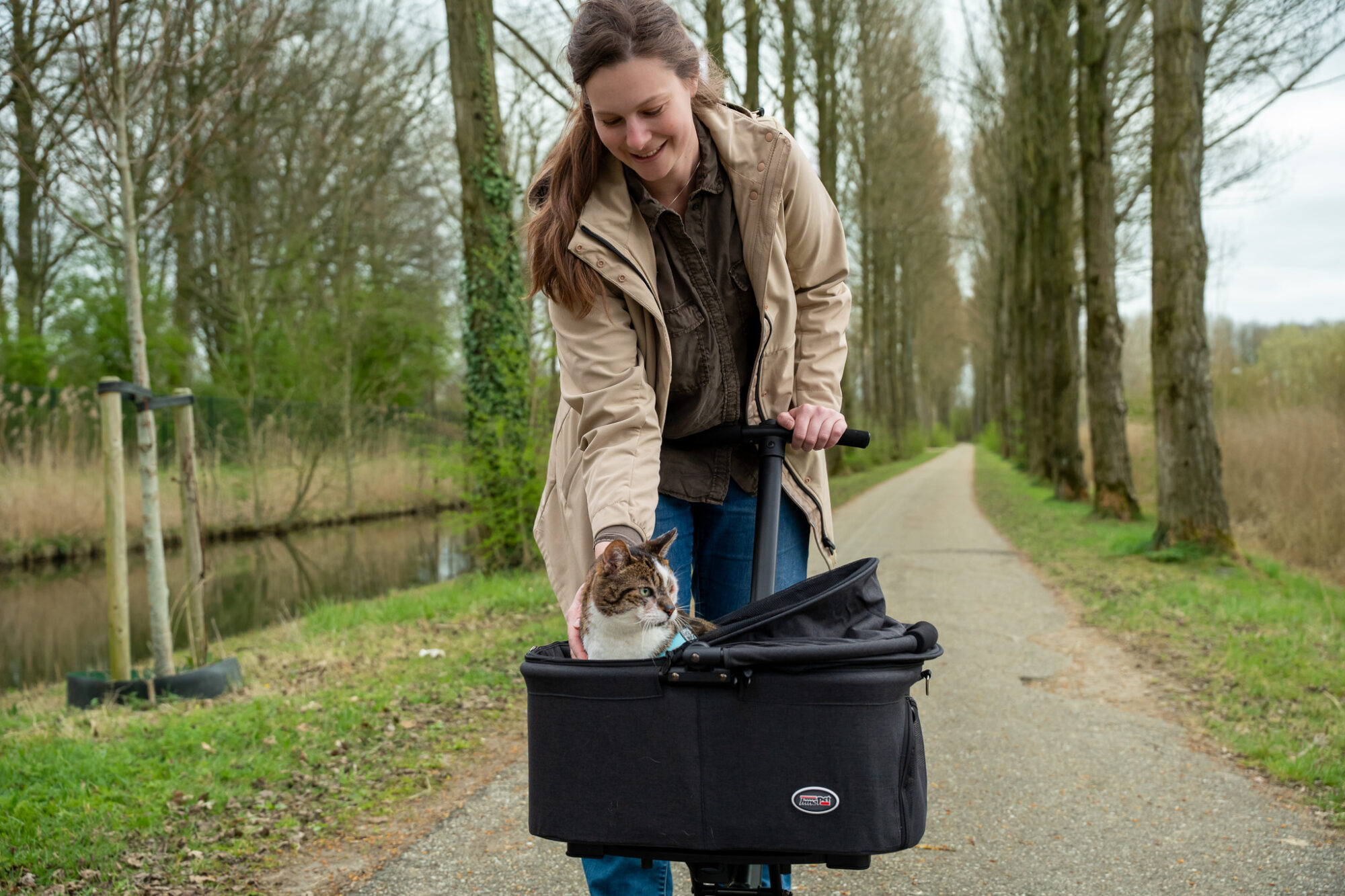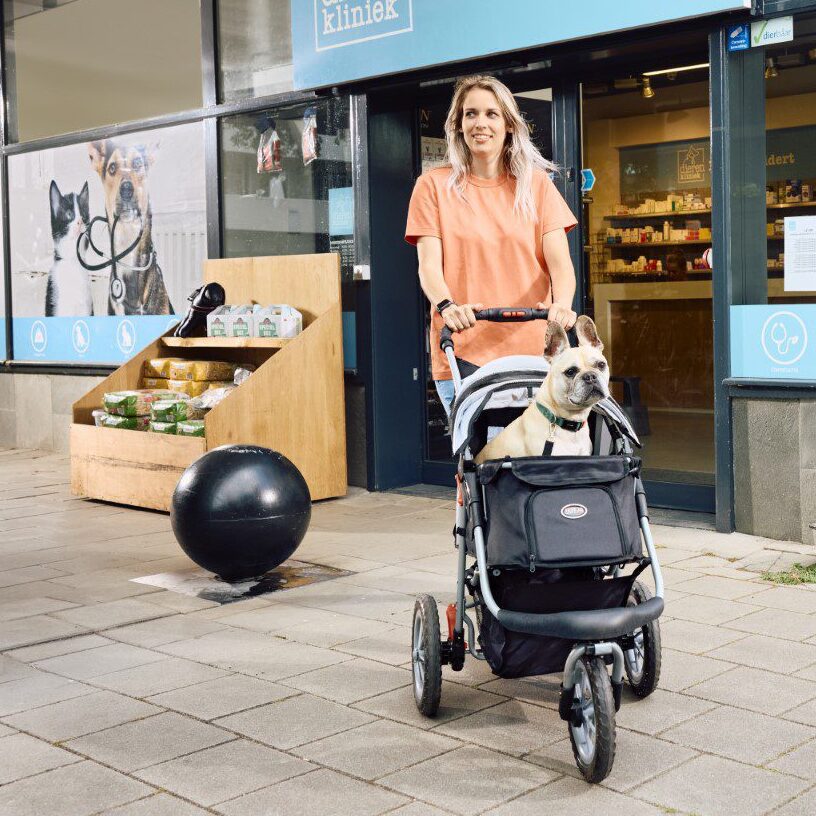Walking your dog next to the (dog) stroller may not sound like a challenge, but make no mistake. From tangled leashes to unexpected pulls, there are a few things to keep in mind to ensure smooth and safe walks.
1. Choose the right leash length A shorter leash can significantly reduce the risk of your dog getting tangled in the buggy’s wheels. While longer leashes offer more freedom, they can be more challenging to manage, especially in crowded areas.
2. Master the basic commands A well-trained dog is a joy to walk with. Basic commands like “heel” or “next to me” are essential. If your dog tends to pull, consider enrolling in a training class to address this issue.
- Practice in a distraction-free environment: Start training in a quiet area, gradually introducing more distractions as your dog becomes more proficient.
- Focus on the basics: Ensure your dog has a solid understanding of basic commands before moving on to more complex scenarios.
- Reward good behavior: Positive reinforcement, such as treats or praise, can motivate your dog to learn new commands.
3. Consider your surroundings
- Be mindful of others: Always be aware of your surroundings and give other pedestrians plenty of space.
- Utilize the sidewalk: When possible, walk on the sidewalk with your dog on the side closest to the curb to avoid obstructing foot traffic.
- Adapt to different terrains: Be prepared to adjust your walking pace and technique based on the terrain.
4. Avoid attaching the leash to the Buggy
- Safety first: Never attach your dog’s leash directly to the buggy. This can create a dangerous situation for both you and your pet.
- Maintain control: Keeping the leash in your hand allows you to react quickly to any unexpected situations.
Additional tips:
- Start slowly: Gradually increase the duration and complexity of your walks as your dog becomes more comfortable.
- Be patient: Training takes time, so don’t get discouraged if you don’t see immediate results.
- Consult a professional: If you’re struggling with training, consider consulting a professional dog trainer.
Remember: Every dog is unique, and what works for one may not work for another. The key is to find a training method that suits both you and your dog’s personality. With patience and consistency, you and your furry friend can enjoy many happy walks together.















